
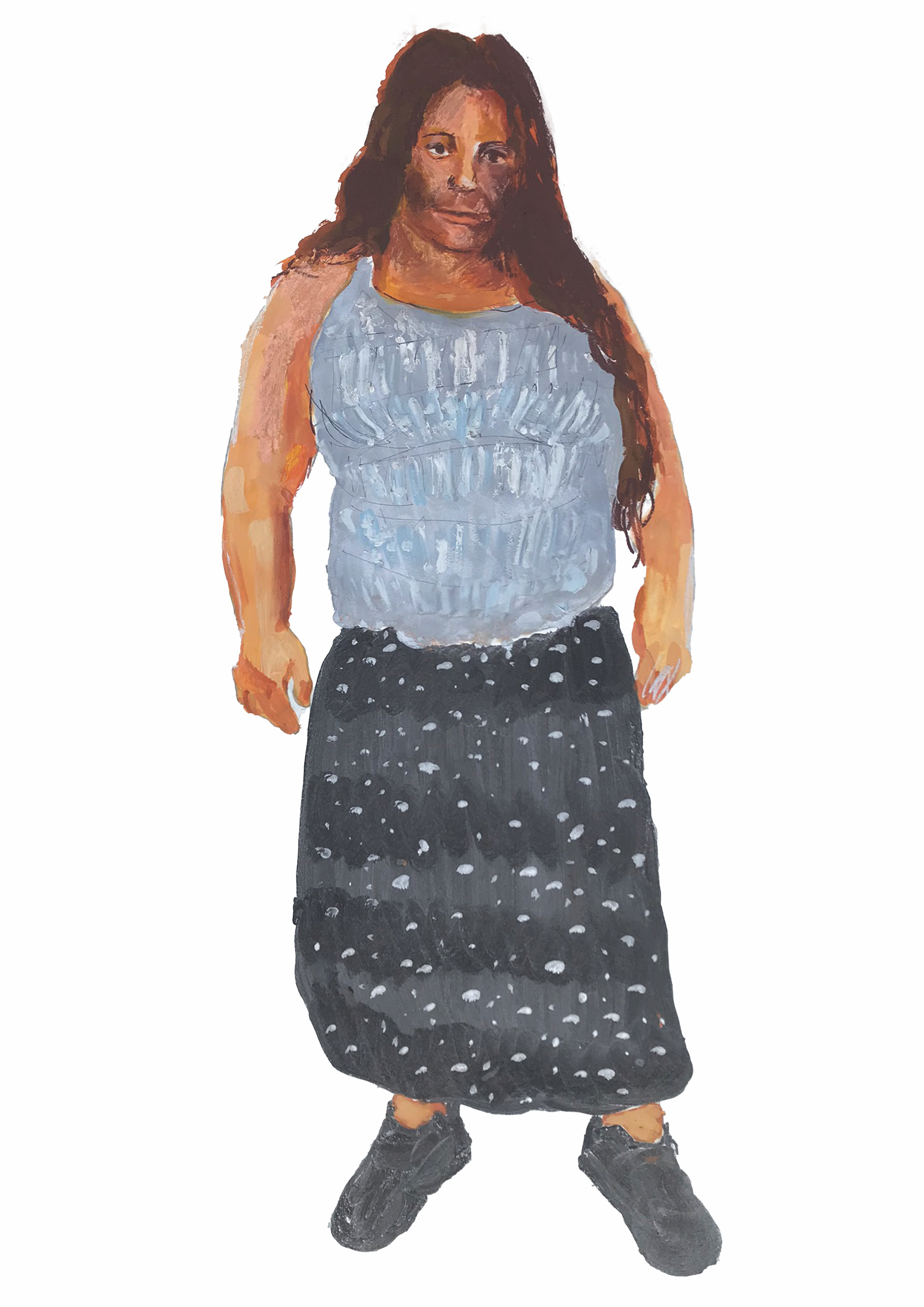
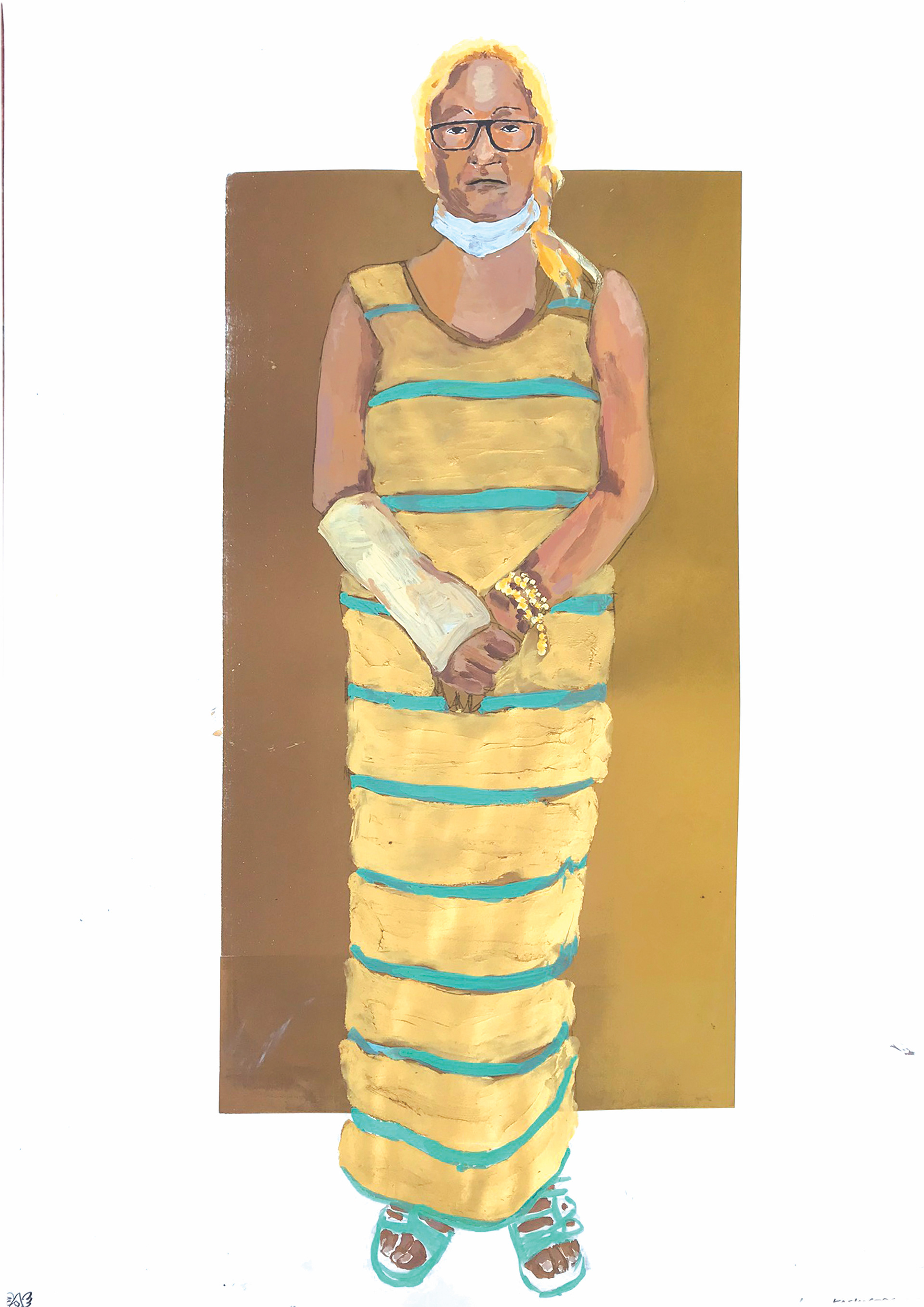
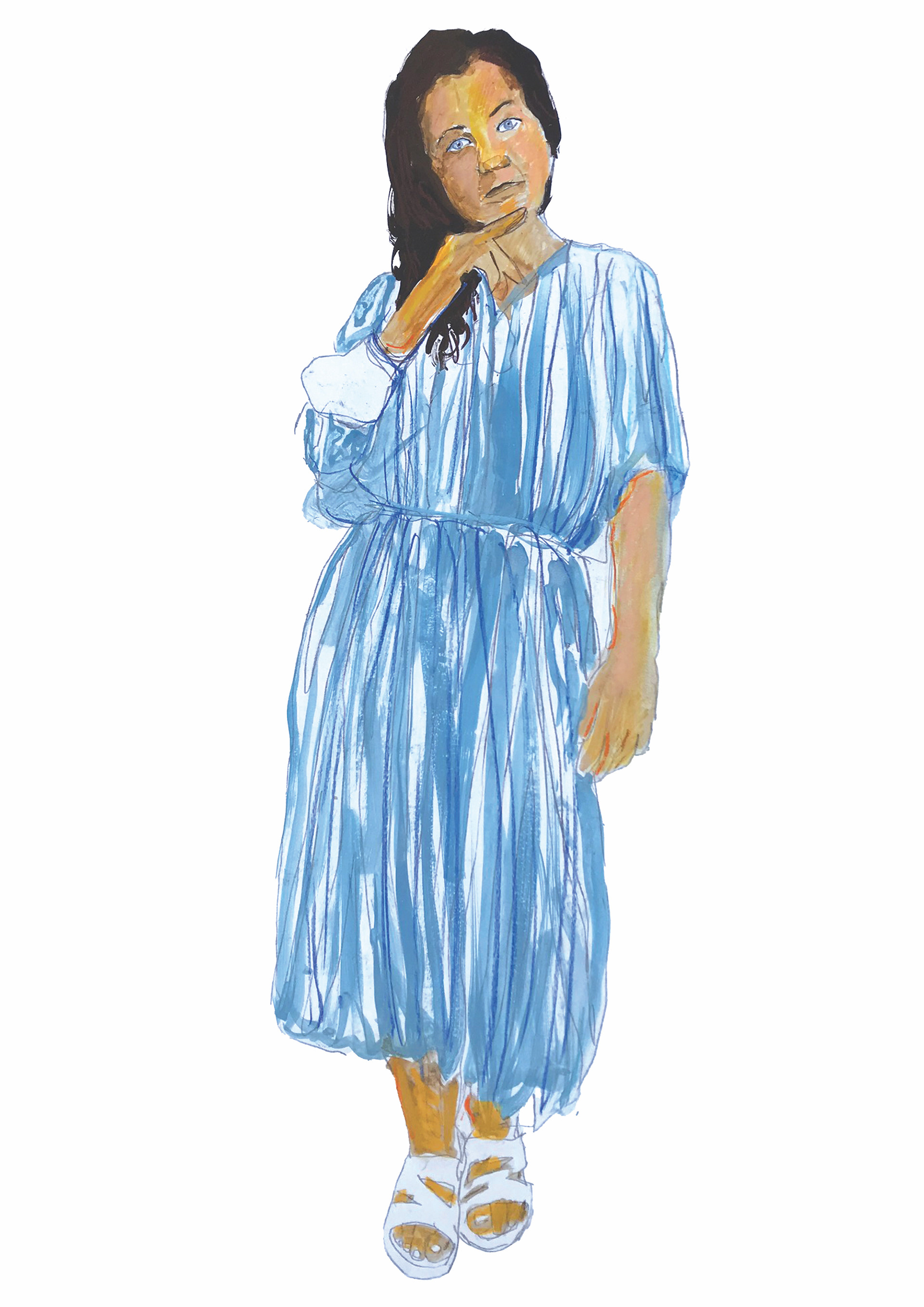

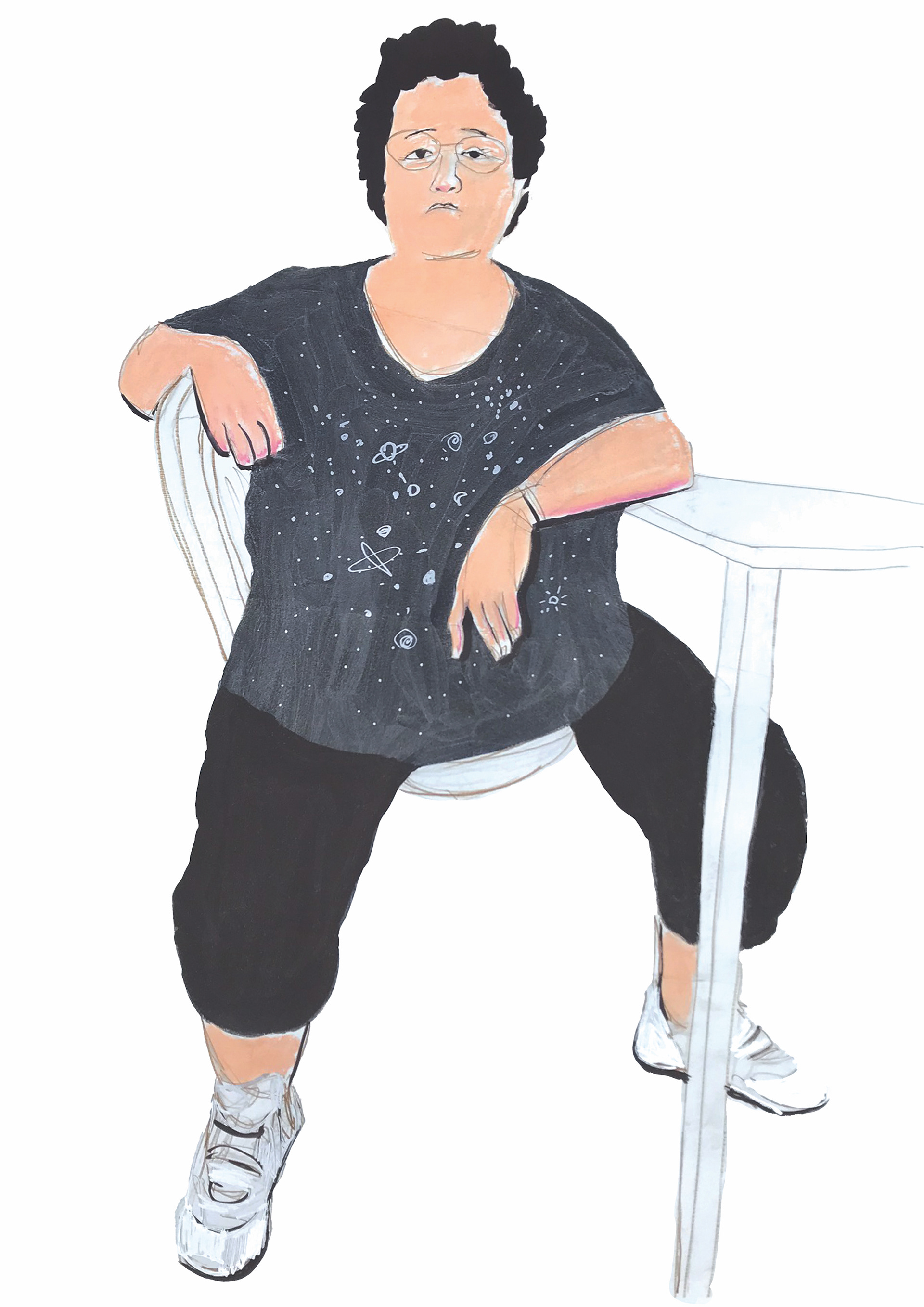

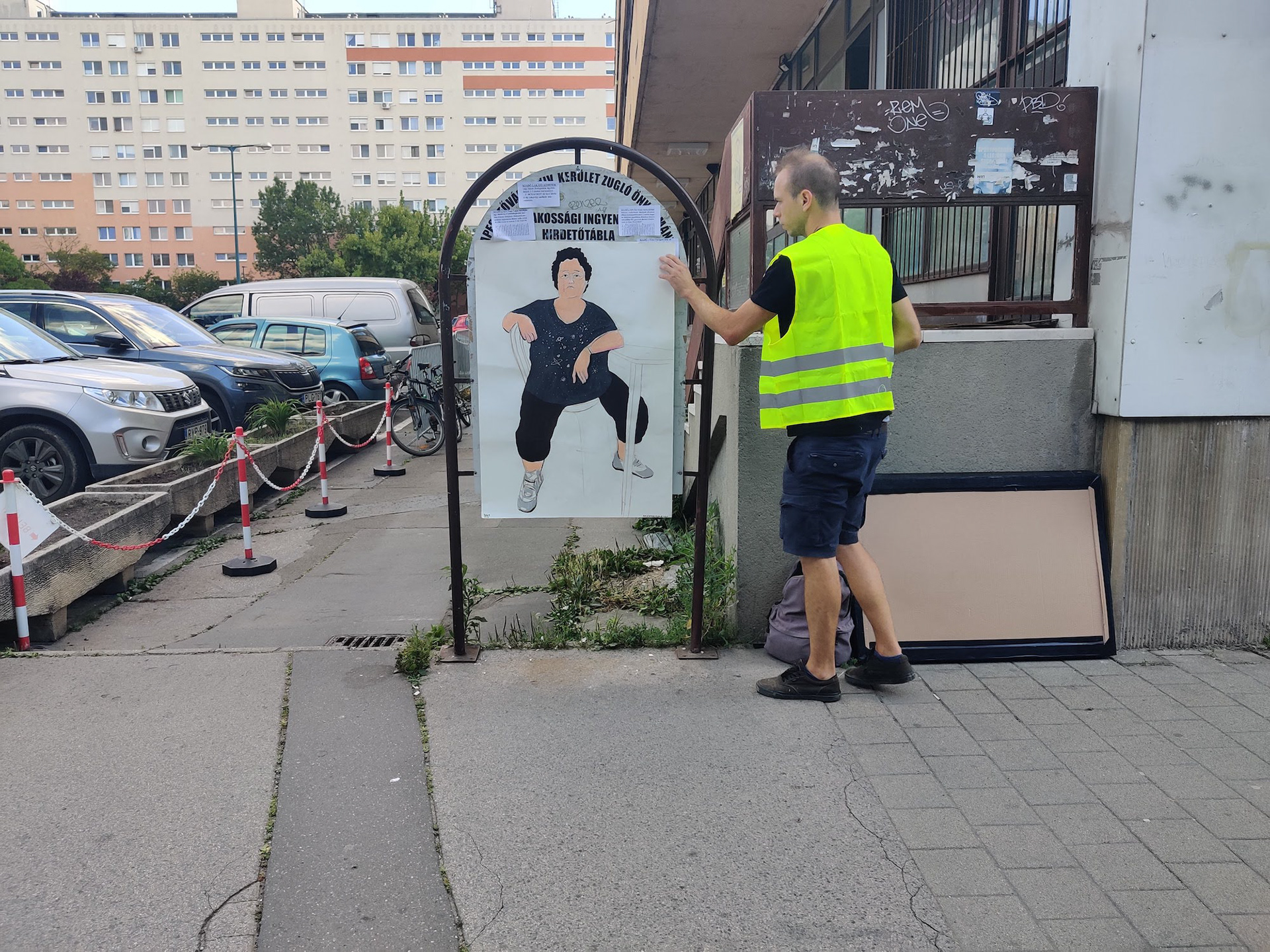
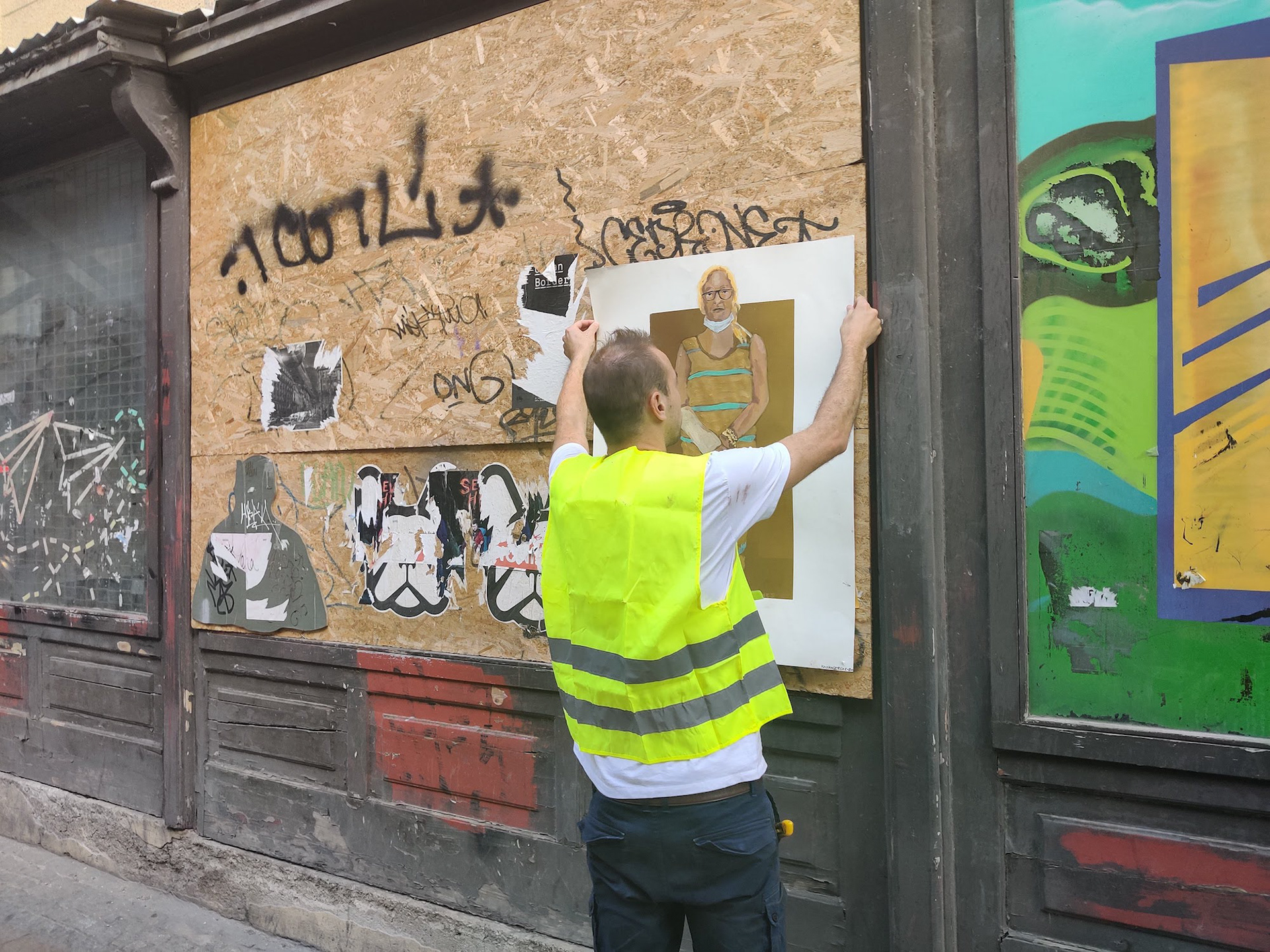

Make It Visible
There are several people who are pleased to decorate the walls of their homes with family photos. By analogy, pictures of homeless people should appear on the street. Especially because in their physical reality they cannot be there as it has been a criminal offense since 2018.
During my walk, I am going to place my original and unique posters of my homeless fellows at points that are important for the represented people for some reason. The no-name and neglected people will have a face and eyes that passers-by who otherwise tend to turn away can look into.
What is it that we call attractive and what is it that we regard as unpleasant or disturbing in the street?
Both street artists and the homeless spend their days in the streets either drawing, creating, or begging because they want to make something visible for as many people as possible.
The categories ‘tolerated’, ‘supported’ and ‘prohibited’ exist both in the world of street art and homelessness. If an attractive fire-wall mural, graffiti, or any other streeartefactum can become a tourist attraction that the city is proud of, can an attractive homeless person and their image become like that?
During my walk, I am going to place my original and unique posters of my homeless fellows at points that are important for the represented people for some reason. The no-name and neglected people will have a face and eyes that passers-by who otherwise tend to turn away can look into.
What is it that we call attractive and what is it that we regard as unpleasant or disturbing in the street?
Both street artists and the homeless spend their days in the streets either drawing, creating, or begging because they want to make something visible for as many people as possible.
The categories ‘tolerated’, ‘supported’ and ‘prohibited’ exist both in the world of street art and homelessness. If an attractive fire-wall mural, graffiti, or any other streeartefactum can become a tourist attraction that the city is proud of, can an attractive homeless person and their image become like that?
https://placcc.hu/juhasz-gergo-kaska-make-it-visible_en/
„We are familiar with the concepts of graffiti and street art. We have heard of public street art exhibitions, about the famous or infamous stars working in the genre, some of whom even give interviews or public statements – most of the time in contexts defined by themselves. Now as a part of Re: walking everyone will have an opportunity to experience the creation of street art firsthand in downtown Budapest with all the planning and risks involved, with the ever-vigilant eyes of CCTV cameras, security guards, inspectors, the police, neighbors, and pedestrians on us – just like in everyday life.” (JUHÁSZ Gergő Kaska)
As a part of Placcc Festival’s Wa(l)king the city event this June JUHÁSZ Gergő Kaska hung posters of homeless women living in Budapest in the streets of the capital. He will now continue his work – but this time participants will be able to follow him, or even help him, as he posts his street artifacts in the city space.
The organizers of Placcc Festival asked me to repeat the project Make it Visible realized in July during a new event in September named Re: walking the city. This time, however, it was not online streaming but a live sightseeing walking event. I painted the pictures again, and this time placed them in a framed and more weather-resistant form in the streets of the City of Budapest. The women were „idealized”, that is, they got a golden background and a white outfit. During the walk, between the stations of placing each picture, I was speaking about the connections between the visual culture of hip-hop and homelessness for the participants of the program, who also volunteered to participate in placing the pictures illegally in the streets. We did not have any official permission to place anything at public areas. Both events were 100 % illegal.






2020